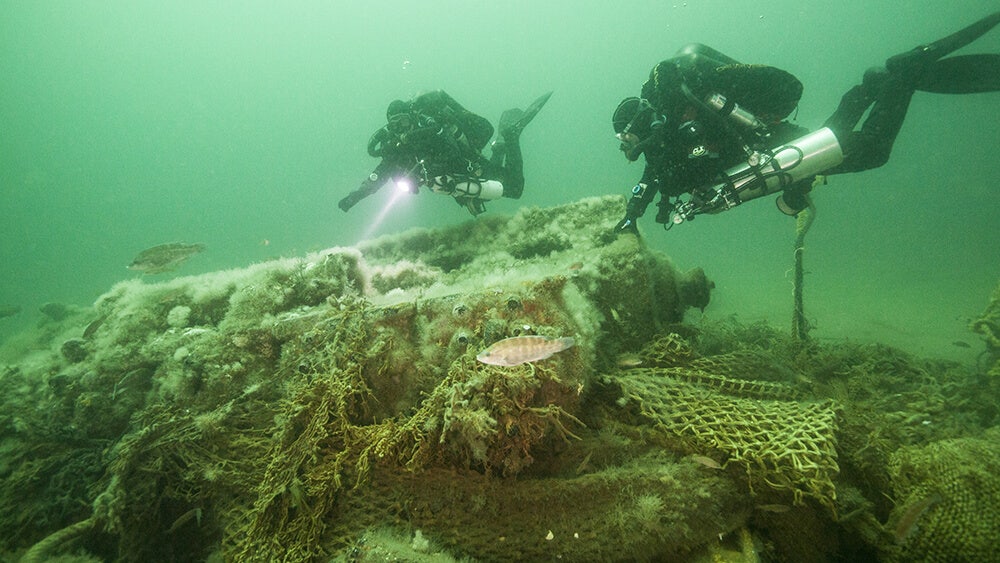Federal authorities are calling for the protection of historic shipwrecks off the coast of Massachusetts, located in the Stellwagen Bank National Marine Sanctuary. With over 200 wrecks in the sanctuary, researchers are particularly interested in wrecks such as the USS Heroic, the trawler Josephine Marie, and the 55-foot North Star. These wrecks are protected under various acts and are considered integral pieces of maritime history. The wreck of the steamship Portland, which sank in 1898 with the loss of all 130 people on board, is of particular interest due to its well-preserved state and historical significance.
One of the wrecks, the Josephine Marie, sank in 1992 after hitting an object, with all four crew members losing their lives. The wreck provides a habitat for marine life such as sponges, anemones, and various fish, but divers must be cautious due to swift currents and fishing gear that may pose hazards. The North Star, a rig dragger that sank in 2003, is broken into three pieces with evidence that scallop gear may have caused additional damage to the wreck. Researchers have been studying the wrecks to understand ocean life interactions and to preserve these underwater time capsules in honor of those who perished.
The ongoing research in the Stellwagen Bank National Marine Sanctuary includes documenting wrecks and studying their interaction with marine life. So far, 47 wrecks have been documented, with 12 identified. The most iconic wreck, the steamship Portland, has been extensively studied due to its tragic history and grandeur. Researchers are also focusing on solving the mystery of a newly discovered wreck, dubbed the ‘mystery coal schooner,’ in addition to studying the wrecks as habitats for marine life. The hope is to learn more about the wrecks and preserve them for future generations.
Collaborating with entities such as the Woods Hole Oceanographic Institution and Marine Imaging Technologies, researchers have been collecting video imagery of the wrecks to develop virtual 3-D models. By studying the invertebrate community and broadcasting real-time underwater research activities to the public, the project aims to raise awareness about the significance of shipwrecks as habitats. The research team is not only interested in the physical structures of the wrecks but also in understanding their biological communities and the historical context surrounding these submerged relics. With ongoing efforts, the sanctuary hopes to continue exploring and preserving these important pieces of maritime history for years to come.


